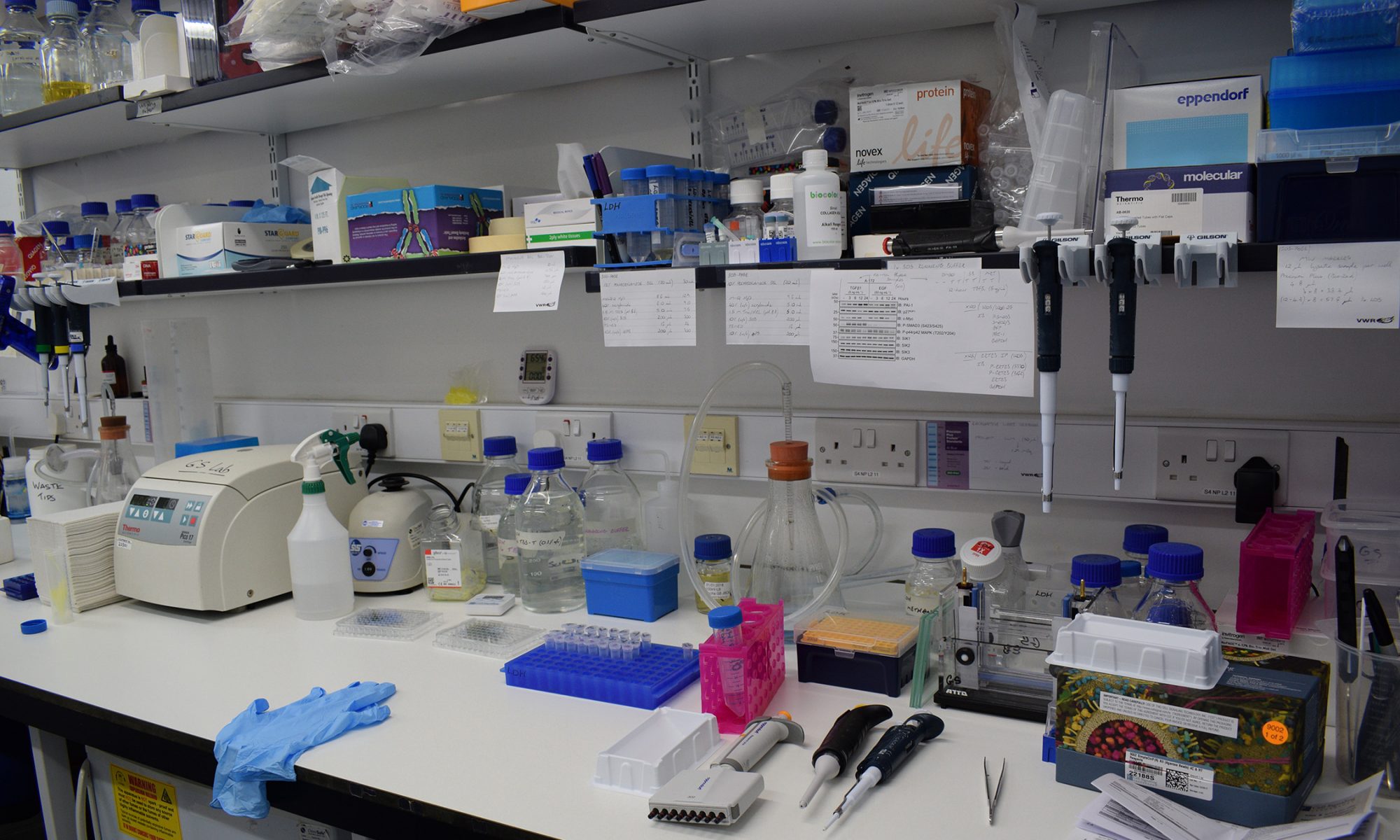Understanding mechanisms of, and manipulating, reversible phosphorylation and ubiquitylation in cell signalling and disease.
Reversible phosphorylation and ubiquitylation of proteins underpin the regulation of many cell signalling processes. Faulty signalling cascades account for many human diseases, such as cancer and neurodegenerative diseases. Our reseacrh focusses on understanding phosphorylation and ubiquitylation processes in molecular detail and harnessing this knowledge to innovate new approaches to targeting proteins and post-translational modifications in human diseases.
Currently, there are two key areas of research we are focussing in the lab:
A: How FAM83 family regulate CK1 isoforms:
The CK1 family of Ser/Thr protein kinases is known to regulate a myriad of cellular processes, including cell cycle progression, circadian rhythms, Wnt signalling, cell cycle and Sonic Hedgehog signalling. Contrary to the current dogma that CK1 isoforms are constitutively active kinases, their activity, subcellular localisation, and stability must be regulated, and molecular mechanisms must exist to modulate their substrate specificity, to exert such pleiotropic functions. How this is achieved is poorly understood. In a series of ground-breaking discoveries, we have delineated the FAM83 family of poorly studied proteins as master regulators of CK1 isoforms. The eight members (A-H) of the FAM83 proteins share a conserved domain of unknown function, termed DUF1669, but are otherwise different in sequence composition and length. Building on these discoveries, the research in our group will explore the hypothesis that the family of FAM83 proteins direct the interacting CK1 isoforms to specific substrates in cells.
Key research objectives are:
1. Understanding how FAM83F and FAM83G regulate CK1α function in Wnt signalling and whether targeting the degradation of FAM83F/G is beneficial against colorectal cancer driven by WNT activation.
2. What are the molecular targets of FA83D-CK1α complex in mitosis?
3. Establish the molecular basis of FAM83-CK1 interaction
4. Delineate the molecular mechanisms by which different FAM83 proteins target specific CK1 isoforms to specific subcellular compartments and substrates in response to different signalling cues.
B: Induced-proximity platforms for targeted protein post-translational modifications (PTMs) to develop novel therapeutic approaches. Our laboratory has developed the Affinity-directed PROtein Missile (AdPROM) system as a versatile tool to induce proximity between an intracellular target protein of interest (POI) to an enzyme that can modulate desired PTMs. With AdPROM, we have targeted POIs for phosphorylation, dephosphorylation, biotinylation, or ubiquitylation. We have now developed small bivalent molecule-based induced-proximity platforms that allow us to inducibly bring together any two proteins in cells to investigate the functional consequences of this induced proximity. By using these complementary systems, we wish to investigate the functions of specific PTMs on proteins and explore targeted modulation of PTMs as novel druggable approaches. Currently, we are focussing on reversible phosphorylation and ubiquitylation processes and biotinylation for proximity-labelling approaches.
Please contact us for latest opportunities to undertake these projects in the lab.
